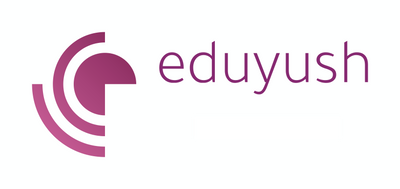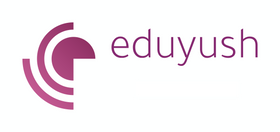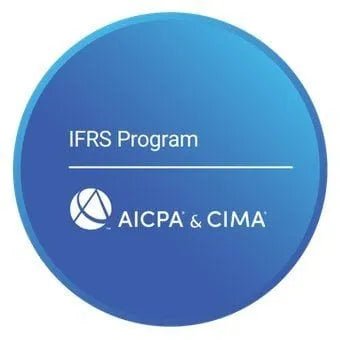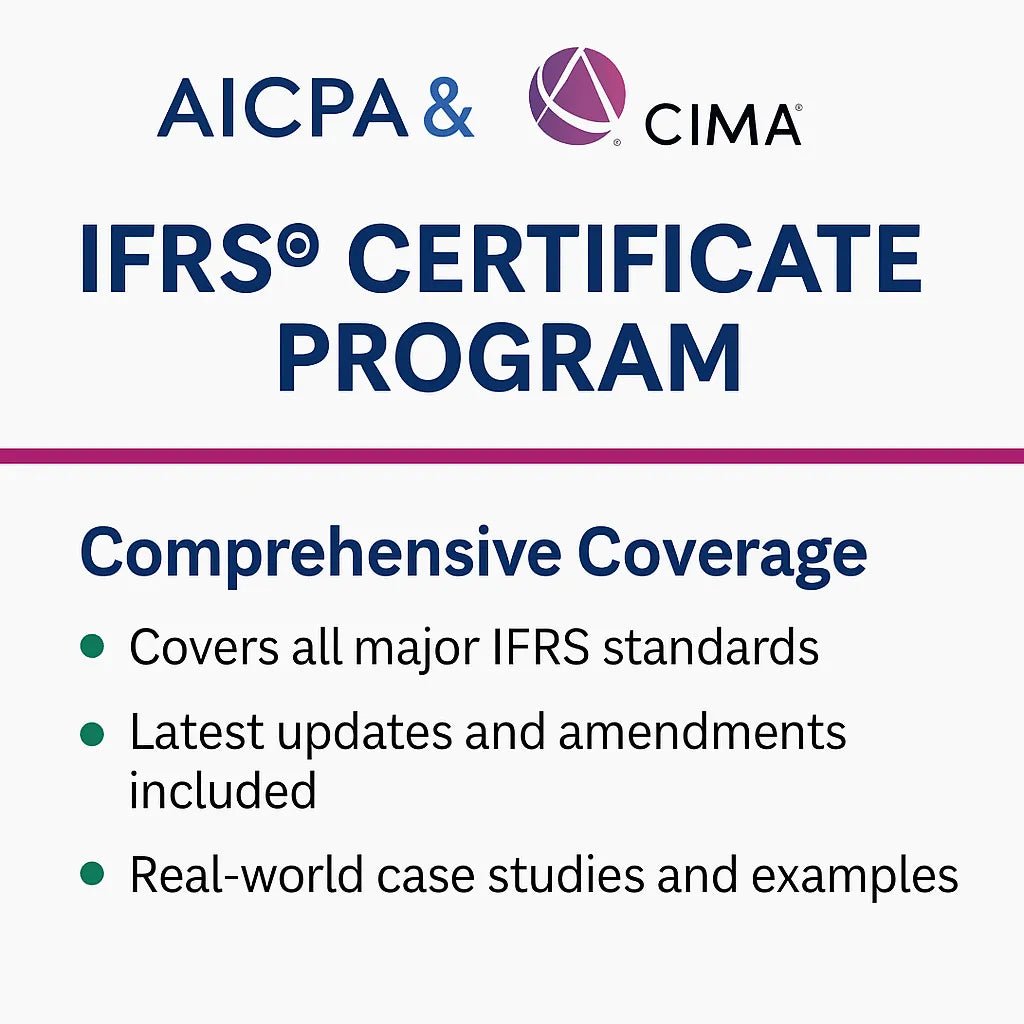Other Comprehensive Income in Accounting: Full Guide
Other Comprehensive Income: A Complete Guide for Accounting Professionals
Other Comprehensive Income (OCI) is one of the most important yet misunderstood areas in modern financial reporting. While net income receives most of the attention in performance analysis, OCI captures vital financial information that does not pass through the income statement — offering stakeholders a broader and more accurate picture of an organization’s economic performance.
This guide is crafted for accounting professionals, students, auditors, analysts, and business decision-makers looking to master the complexities of Other Comprehensive Income in financial statements. From the definition of OCI to its treatment under IFRS and US GAAP, real-world applications, and tax considerations — this guide has it all.
What Is Other Comprehensive Income?
Definition of Other Comprehensive Income
Other Comprehensive Income consists of gains and losses that bypass the income statement but still affect a company's equity. These items are recognized directly in shareholders' equity through Accumulated Other Comprehensive Income (AOCI) and reflect unrealized or deferred economic impacts.
OCI includes revenues, expenses, gains, and losses from sources not part of regular business operations, but that must be reported for a complete understanding of financial health.
Core Features of OCI
- Does not Affect Net Income: Recorded outside the profit and loss statement.
- Equity Impact: Flows directly into shareholders’ equity.
- Temporary or Unrealized: Items are often reversed or reclassified upon realization.
- Standardized by IFRS & US GAAP: Detailed treatment is provided in global accounting frameworks.
Components of Other Comprehensive Income
Understanding the types of Other Comprehensive Income is essential to interpreting its implications on financial performance.
1. Foreign Currency Translation Adjustments
Multinational companies often report translation gains and losses when consolidating foreign subsidiaries.
Example:
A U.S. parent company reports a gain in OCI when the Euro strengthens, increasing the value of its European subsidiary’s net assets.
2. Unrealized Gains and Losses on Available-for-Sale Securities
Under older standards and still relevant for some reporting frameworks:
- Fair value changes in debt or equity securities held as available-for-sale are recorded in OCI.
- Once sold, gains or losses are reclassified to net income.
Example:
If a company’s bond investment gains $800,000 in market value, this is initially recognized in OCI until realized.
3. Pension and Post-Employment Benefit Adjustments
OCI includes:
- Actuarial gains/losses
- Prior service costs
- Asset return deviations
These help smooth volatility caused by pension assumptions and performance.
4. Cash Flow Hedge Adjustments
If a derivative qualifies as a cash flow hedge, changes in its fair value are reported in OCI and matched to future periods when the hedged item affects net income.
Example:
Airlines hedging jet fuel prices will record derivative gains/losses in OCI until fuel expenses are realized.
5. Asset Revaluations (IFRS Only)
Companies using the revaluation model for fixed assets under IFRS can record increases in fair value through OCI.
Other Comprehensive Income Under Accounting Standards
OCI Under IFRS
| Standard | Area |
|---|---|
| IFRS18 | Presentation of financial statements |
| IFRS 9 | Financial instruments classification |
| IAS 19 | Employee benefits |
| IAS 21 | Foreign currency translation |
| IFRS 16 | Lease adjustments impacting OCI |
- Presentation: Single or two-statement approach.
- Disclosure: Each OCI component must be reported clearly.
- Tax Effects: Shown net of tax or with a total tax effect line.
OCI Under US GAAP
Key standards under US GAAP include:
- Presentation options: Combined or separate comprehensive income statement.
- OCI classification rules: Defined by type and realization timing.
Statement of Comprehensive Income & OCI Presentation
Single Statement Approach
- Combines net income and OCI into one continuous report.
- Clear and concise for users.
Two-Statement Approach
- Shows net income first, followed by a separate OCI statement.
- Allows focused analysis of Other Comprehensive Income components.
Example: Accumulated Other Comprehensive Income (AOCI) in Balance Sheet
Shareholders’ Equity:
Common Stock $100,000
Retained Earnings $750,000
Accumulated Other Comprehensive Income:
Foreign Currency Translation $(25,000)
Unrealized Investment Gains $15,000
Pension Adjustments $(45,000)
Cash Flow Hedge $10,000
Total AOCI $(45,000)
Total Shareholders’ Equity $805,000
Industry Applications of Other Comprehensive Income
| Industry | Key OCI Components |
|---|---|
| Banking | Investment securities, foreign currency, hedging |
| Manufacturing | Pension plans, commodity hedges, FX |
| Technology | Foreign currency exposure, equity investments |
| Energy | Commodity price derivatives, international operations |
Example:
AutoCorp’s OCI includes $50M FX losses, $25M hedge gains, and $15M pension losses. This $10M net OCI provides insights beyond traditional earnings.
Tax Considerations for OCI
- OCI typically creates deferred tax assets or liabilities.
- Items are taxed upon realization, not when recorded in OCI.
- Proper net-of-tax presentation is required under IFRS and GAAP.
| Component | Tax Treatment |
|---|
| FX Adjustments | Deferred until repatriation |
| Securities Gains | Deferred until sale |
| Pension Costs | Timing differences with funding |
| Hedging Results | Matched to related transactions |
Common OCI Reporting Mistakes & Best Practices
Mistakes
- ❌ Misclassifying items into net income
- ❌ Failing to reclassify realized OCI items
- ❌ Incorrect tax effect presentation
- ❌ Insufficient disclosure in notes
Best Practices
- ✅ Maintain clear policies for OCI classification
- ✅ Use automated tools for tracking OCI activity
- ✅ Ensure cross-functional collaboration (accounting, tax, treasury)
- ✅ Conduct regular trend analysis of OCI fluctuations
Future of Other Comprehensive Income
Trends in OCI Reporting
- AI-powered tools for real-time OCI calculation
- Blockchain applications to enhance data verification
- Increased investor focus on comprehensive performance measures
- ESG metrics potentially reported through OCI in the future
Case Studies: Real-World Use of OCI
1. TechGlobal Inc.
Challenges:
- Currency translation losses: $(125M)
- Unrealized gains: $75M
- Cash flow hedge gains: $15M
- Net OCI: $(35M) before tax
Insight:
OCI explained investment gains and FX headwinds, crucial for investors understanding long-term outlook.
2. ManufacturingCorp
Pension & Hedging OCI Impact:
- Pension loss: $(85M)
- Currency loss: $(45M)
- Hedge gain: $25M
- Asset revaluation: $35M
- Net OCI: $(70M)
Insight:
OCI captured key strategic exposures affecting long-term financial health.
Conclusion: Why Understanding Other Comprehensive Income Matters
Other Comprehensive Income plays a critical role in delivering a complete picture of a company’s financial condition. While not part of net income, OCI captures meaningful, often market-sensitive information that influences valuation, risk analysis, and stakeholder trust.
Understanding OCI is essential for:
- Students & CPA candidates: Exam readiness and foundational knowledge
- Accountants & auditors: Accurate reporting and audit alignment
- Analysts & investors: Comprehensive financial evaluation
- Executives & CFOs: Strategic financial communication
Take the Next Step with Eduyush
Eduyush offers globally recognized training in advanced accounting standards, including in-depth coverage of Other Comprehensive Income under IFRS and US GAAP.
Why Choose Eduyush:
- 🌍 Expert-led instruction by international professionals
- 🧠 Practical application through real-world case studies
- 💼 Global career support and placement assistance
📞 Get Started Today:
- 📋 Request course syllabus and guidance
- 💬 Talk to a career expert
- 🆓 Schedule a demo class
- 💳 Explore financing and scholarship options
Advance your accounting expertise — master Other Comprehensive Income and elevate your global career potential.
FAQs
ACCA blogs
Follow these links to help you prepare for the ACCA exams
IFRS blogs
Follow these blogs to stay updated on IFRS
Formats
Use these formats for day to day operations
- Account closure format
- Insurance claim letter format
- Transfer certification application format
- Resignation acceptance letter format
- School leaving certificate format
- Letter of experience insurance
- Insurance cancellation letter format
- format for Thank you email after an interview
- application for teaching job
- ACCA PER examples
- Leave application for office
- Marketing manager cover letter
- Nursing job cover letter
- Leave letter to class teacher
- leave letter in hindi for fever
- Leave letter for stomach pain
- Leave application in hindi
- Relieving letter format
Interview questions
Link for blogs for various interview questions with answers
- Strategic interview questions
- Accounts payable interview questions
- IFRS interview questions
- CA Articleship interview questions
- AML and KYC interview questions
- Accounts receivable interview questions
- GST interview questions
- ESG Interview questions
- IFRS 17 interview questions
- Concentric Advisors interview questions
- Questions to ask at the end of an interview
- Business Analyst interview questions
- Interview outfits for women
- Why should we hire you question
leave application format
- Leave application for office
- Leave application for school
- Leave application for sick leave
- Leave application for marriage
- leave application for personal reasons
- Maternity leave application
- Leave application for sister marriage
- Casual leave application
- Leave application for 2 days
- Leave application for urgent work
- Application for sick leave to school
- One day leave application
- Half day leave application
- Leave application for fever
- Privilege leave
- Leave letter to school due to stomach pain
- How to write leave letter
Insurance blogs
- Sample letter of appeal for reconsideration of insurance claims
- How to increase insurance agent productivity
- UAE unemployment insurance
- Insurance cancellation letter
- Insurance claim letter format
- Insured closing letter formats
- ACORD cancellation form
- Provision for insurance claim
- Cricket insurance claim
- Insurance to protect lawsuits for business owners
- Certificate holder insurance
- does homeowners insurance cover mold
- sample letter asking for homeowner right to repair for insurance
- Does homeowners insurance cover roof leaks













Leave a comment